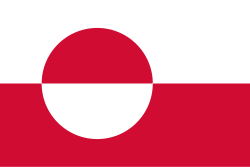Greenland's Melting Ice Reveals Rare Earth Riches Amid Geopolitical Tensions
 Greenland
GreenlandGreenland is grappling with one of the highest suicide rates globally, with studies indicating a rate exceeding 80 per 100,000 inhabitants, as reported by various researchers. The capital, Nuuk, along with remote eastern towns, reports increasing cases, particularly among young men aged 20 to 24. Doris Jakobsen, a local parliament member, highlighted the pervasive impact, stating, “Everyone knows someone who has taken their own life.”
Experts attribute the crisis to historical and cultural disintegration following modernization. Sociologist Maliina Abelsen notes that feelings of alienation, especially among the Inuit population, contribute to this tragic phenomenon. The transition from traditional lifestyles to modern society has left many feeling disconnected, suggesting a pervasive "negative spiral" of suicides throughout generations, as described by local social worker Paul Pedersen.
Despite government initiatives to provide support, including crisis helplines, suicide rates remain troublingly high. Observers like Abelsen emphasize the need to address both individual and collective traumas, echoing sentiments that healing must begin from understanding and reconnecting with lost identities.
 Greenland
Greenland Greenland
Greenland Greenland
Greenland